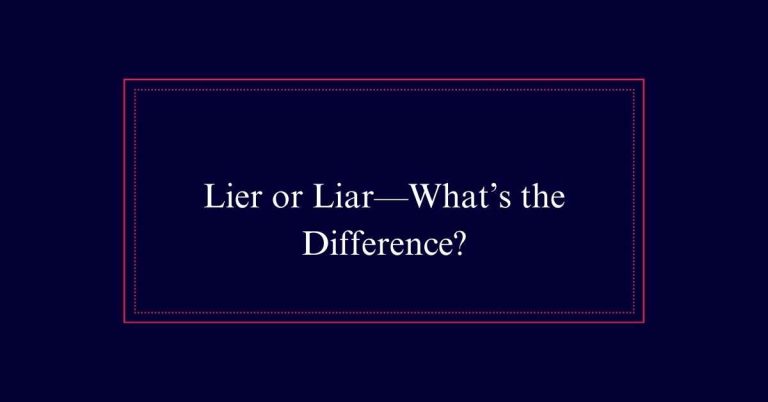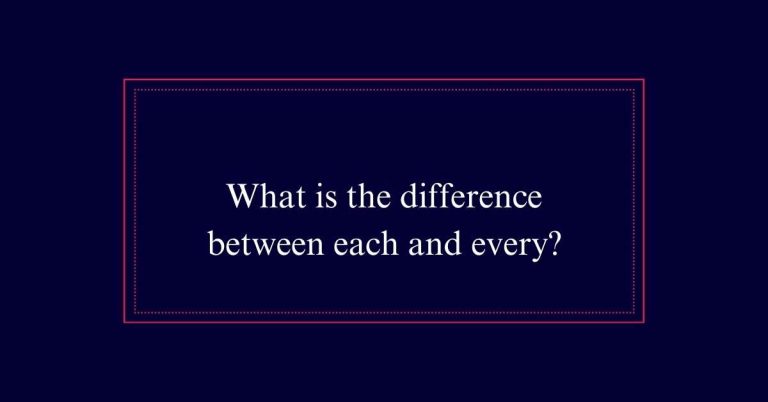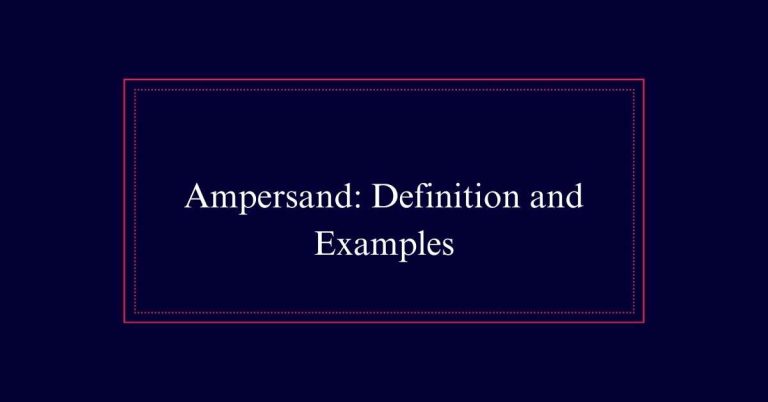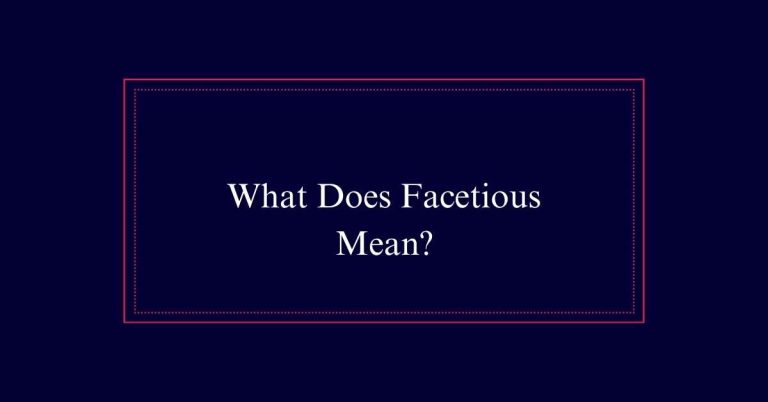Pore Over meaning
‘Pore over’ means to read or examine something with great attention and detail. This term is commonly used in academic and professional settings, where meticulous inspection is crucial. The origin of ‘pore’ comes from Middle English, carrying the sense of gazing intently. It’s important to differentiate between ‘pore’ and ‘pour,’ as the former involves studying and the latter refers to liquid movement. Researchers, attorneys, and scholars often pore over texts or data to uncover insights.
Definition of Pore Over
‘Pore over’ means to read or examine something with great attention and detail. It involves a close and meticulous inspection of documents, texts, or any material that requires thorough understanding. This term is often used in academic and professional contexts where importance is vital.
For instance, researchers pore over data to find patterns and insights. Legal professionals pore over case files to make certain no detail is overlooked. The act of poring over something demands focus and patience. It is not merely skimming or scanning but engaging deeply with the content.
This careful examination guarantees that important information is not missed and that the material is thoroughly understood.
Origins of the Word Pore
Tracing its roots back to Middle English, the word ‘pore’ originally meant to gaze intently. This meaning evolved from the Old English word ‘purian,’ which also carried the sense of looking closely or examining something with great focus.
The Middle English term was often used in literature to describe deep contemplation or scrutiny. Over time, ‘pore’ retained this essence of careful examination and became commonly associated with reading or studying something meticulously.
The word’s development reflects a consistent theme of concentrated attention. Today, when we say we ‘pore over’ a text, we echo centuries of linguistic history focused on the act of thorough examination and deep observation.
Homophones: Pore Vs. Pour
Understanding the evolution of ‘pore’ naturally leads us to examine how it contrasts with its commonly confused homophone, ‘pour. While ‘pore’ involves studying or reading intently, ‘pour’ refers to the movement of liquid or large quantities of something. The table below highlights these differences:
| Homophone | Definition | Example Use |
|---|---|---|
| Pore | To read or study carefully | She will pore over the documents. |
| Pore | Small opening on a surface | Sweat trickled from every pore. |
| Pour | Movement of liquid | Pour the milk into the glass. |
| Pour | Heavy rainfall | It began to pour outside. |
Usage of Pore Over
Examining the usage of ‘pore over,’ we find that it primarily denotes the act of studying or scrutinizing something with great attention. It is often used in contexts where detailed analysis and focus are essential.
For example, researchers might pore over data to identify trends or anomalies. Likewise, students pore over textbooks to understand complex concepts. The term conveys a sense of intense concentration and thorough examination.
In legal settings, attorneys pore over documents to prepare for cases. In contrast to casual reading, to pore over something implies a meticulous and deliberate approach. This usage highlights the importance of careful and detailed scrutiny in various professional and academic fields.
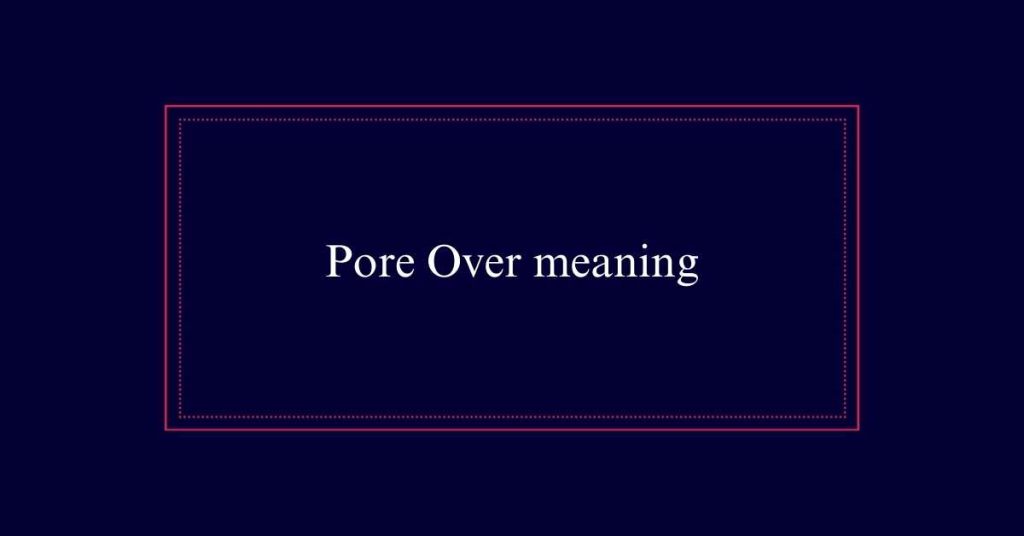
Common Misunderstandings
Common misunderstandings arise when people confuse the homophones ‘pore’ and ‘pour,’ leading to errors in both writing and interpretation. This confusion can cause significant miscommunication, especially in professional and academic settings.
For instance, writing ‘pour over the documents’ instead of ‘pore over the documents’ changes the meaning entirely, suggesting a physical action with liquid rather than careful examination.
To avoid such mistakes, keep in mind:
- Pore over means to read or study something with great attention.
- Pour refers to the act of making liquid flow from one container to another.
- Pour can also describe heavy rain or the movement of a large quantity of something.
Examples of Pore Over
To better understand the correct usage of ‘pore over,’ consider the following examples.
Law firms often hire artificial intelligence to pore over legal documents. This allows them to catch every detail with precision.
In another instance, enthusiasts at the Knight Moves cafe in Brooklyn can be seen poring over complex board games, meticulously planning their strategies.
Students preparing for exams might pore over textbooks, absorbing information to guarantee thorough understanding.
Researchers in a laboratory may pore over data, seeking critical insights for their studies.
Each example illustrates how ‘pore over’ signifies an intense, focused examination of material. This term perfectly captures the essence of careful and deliberate scrutiny, essential in various fields of study and work.
Pour: Different Meaning
Pour is a versatile verb used to describe various movements and actions involving liquids and large quantities. It can evoke vivid imagery and emotions through its different uses.
- Liquid Movement: Pouring a glass of wine at a dinner table creates a sense of elegance and ritual.
- Heavy Rainfall: When it pours, the relentless rain can evoke feelings of coziness or melancholy.
- Large Quantities: Pouring grains into a container symbolizes abundance and productivity.
Pore as a Noun
While ‘pour’ often describes the movement of liquids, ‘pore’ as a noun refers to a small opening on a surface. Pores are tiny openings found on skin, leaves, and rocks. These openings serve various functions depending on their location.
For instance, skin pores allow sweat and oils to reach the surface, aiding in temperature regulation and hydration. In plants, leaf pores, or stomata, facilitate gas exchange, which is vital for photosynthesis. Similarly, in rocks, pores can hold water or air, influencing the rock’s properties.
Understanding the term ‘pore’ in its noun form is essential for accurate communication, especially in fields like biology and geology. It highlights the importance of precision in language usage.
Similar Homophones
Just as with ‘pore’ and ‘pour,’ many other homophones can create confusion if not used correctly. Consider ‘there,’ ‘their,’ and ‘they’re.’ ‘There’ refers to a place, ‘their’ indicates possession, and ‘they’re’ is a contraction for ‘they are.
Another example is ‘to,’ ‘too,’ and ‘two.’ ‘To’ is a preposition, ‘too’ means also or excessively, and ‘two’ is the number. Misusing these can lead to misunderstandings.
In professional writing, accuracy is important. Incorrect homophones can undermine the writer’s credibility. Understanding the context and meanings of these similar-sounding words is essential for clear and effective communication. Always double-check homophones to make sure the intended message is conveyed accurately.


